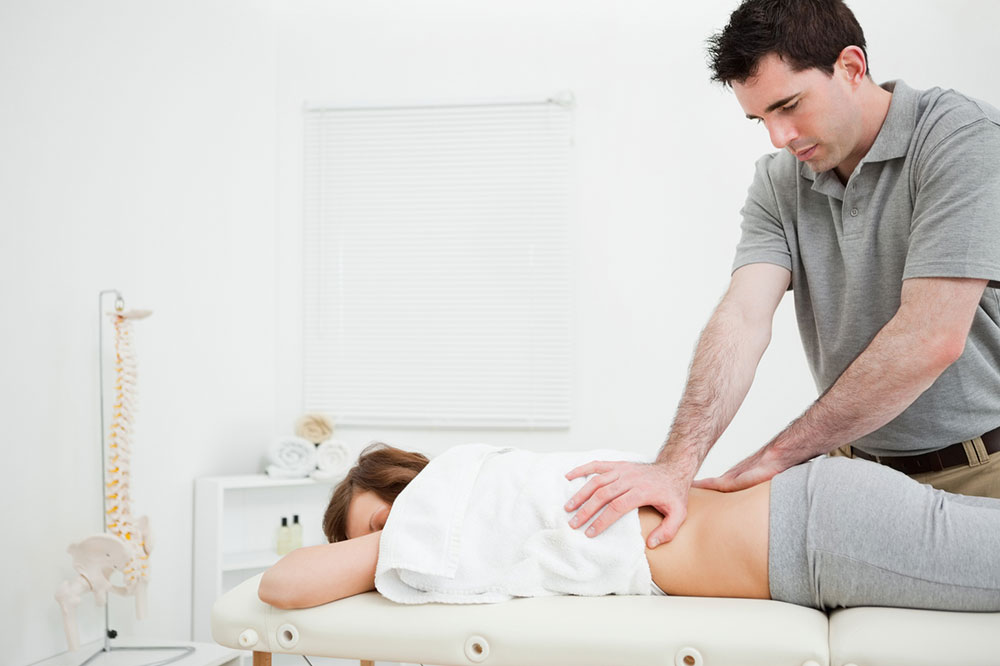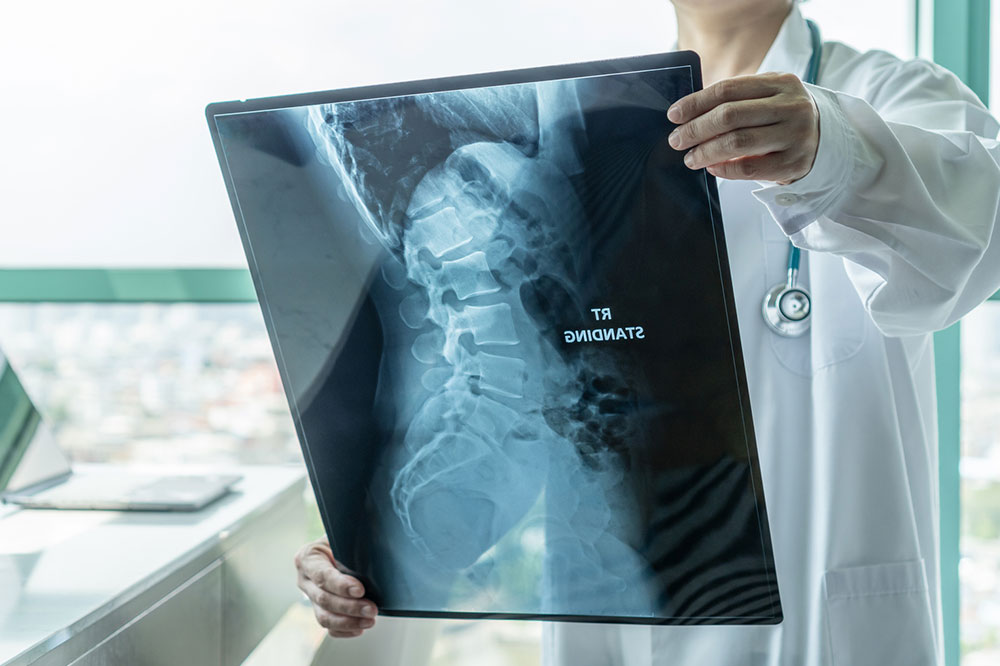Enhancing Mobility and Comfort: Top Strategies for Managing Spinal Muscular Atrophy
Discover comprehensive strategies to maintain mobility and improve quality of life for individuals with Spinal Muscular Atrophy. From nutrition to advanced assistive devices, explore effective methods to overcome physical challenges and stay active despite muscle weakness.

Enhancing Mobility and Comfort: Top Strategies for Managing Spinal Muscular Atrophy
Living with a chronic neuromuscular disorder such as Spinal Muscular Atrophy (SMA) presents ongoing challenges that impact physical movement, respiratory health, and overall quality of life. SMA is a genetic condition characterized by progressive muscle weakness, which primarily affects voluntary muscles, including those used for breathing and limb movement. The severity of symptoms varies among individuals, but common issues include difficulty maintaining mobility, muscle contractures, respiratory complications, and digestive problems. Despite these hurdles, proactive management strategies and technological innovations can significantly improve daily living and mobility outcomes.
For individuals diagnosed with SMA, maintaining an active lifestyle is essential for preserving independence and preventing secondary complications. It requires a combination of tailored exercise routines, dietary management, medical therapies, and technological support systems. Here are some of the most effective strategies to help those with SMA stay active, healthy, and engaged in daily life:
Prioritize a Nutritious and Balanced Diet: Nutrition plays a crucial role in managing SMA. Maintaining a balanced diet rich in fruits, vegetables, lean proteins, whole grains, and healthy fats ensures the body receives necessary nutrients to support energy, muscle function, and immune health. Regular monitoring of caloric intake helps prevent excessive weight gain or loss, which can further complicate muscle weakness and mobility issues. Consulting with a dietitian experienced in neuromuscular disorders can optimize nutritional plans for each individual’s needs.
Engage in Continuous, Specialized Therapy: Consistent physical and occupational therapy sessions are vital components of SMA management. These therapies focus on exercises that enhance flexibility, extend range of motion, and prevent muscle contractures — tight, painful muscles that restrict mobility. Therapeutic activities are designed to strengthen muscles where possible and maintain joint mobility, slowing the progression of disability. Additionally, adaptive techniques and assistive devices can be integrated into daily routines to promote independence.
Incorporate Aquatic Exercises: Water-based exercises are a gentle yet effective way to engage muscles without putting undue stress on joints. The buoyancy of water reduces joint pressure, allowing individuals with SMA to perform stretching and strengthening movements comfortably. Activities like walking in warm water, resistance exercises with floatation devices, or water aerobics can boost muscular endurance and respiratory function. Moreover, aquatic therapy can aid in improving balance and coordination, which are essential for maintaining independence.
Focus on Respiratory Health and Prevention: Respiratory complications are common in SMA due to weakened respiratory muscles. To minimize the risk of infections and breathing difficulties, regular assessments by pulmonologists or respiratory therapists are crucial. Preventative measures include vaccinations, chest physiotherapy, and respiratory exercises designed to strengthen breathing muscles. Ensuring proper ventilation and using respiratory support devices—such as ventilators or nebulizers—can greatly enhance respiratory health and sustain activity levels.
How Technological Advancements Aid Mobility in SMA: Innovative technology plays a transformative role in empowering SMA patients. The development of exoskeletons, powered wheelchairs, and advanced orthotic devices enables independent movement and enhances quality of life. For example, exoskeletons assist individuals in standing and walking, reducing muscle atrophy and increasing circulation. Additionally, mobility aid programs like those offered by the Muscular Dystrophy Association provide access to specialized equipment, ensuring that even individuals with severe muscle weakness can remain mobile and engaged with their communities. Telemedicine and remote therapies also facilitate ongoing care management, making it easier for patients to obtain professional support from the comfort of their homes.





